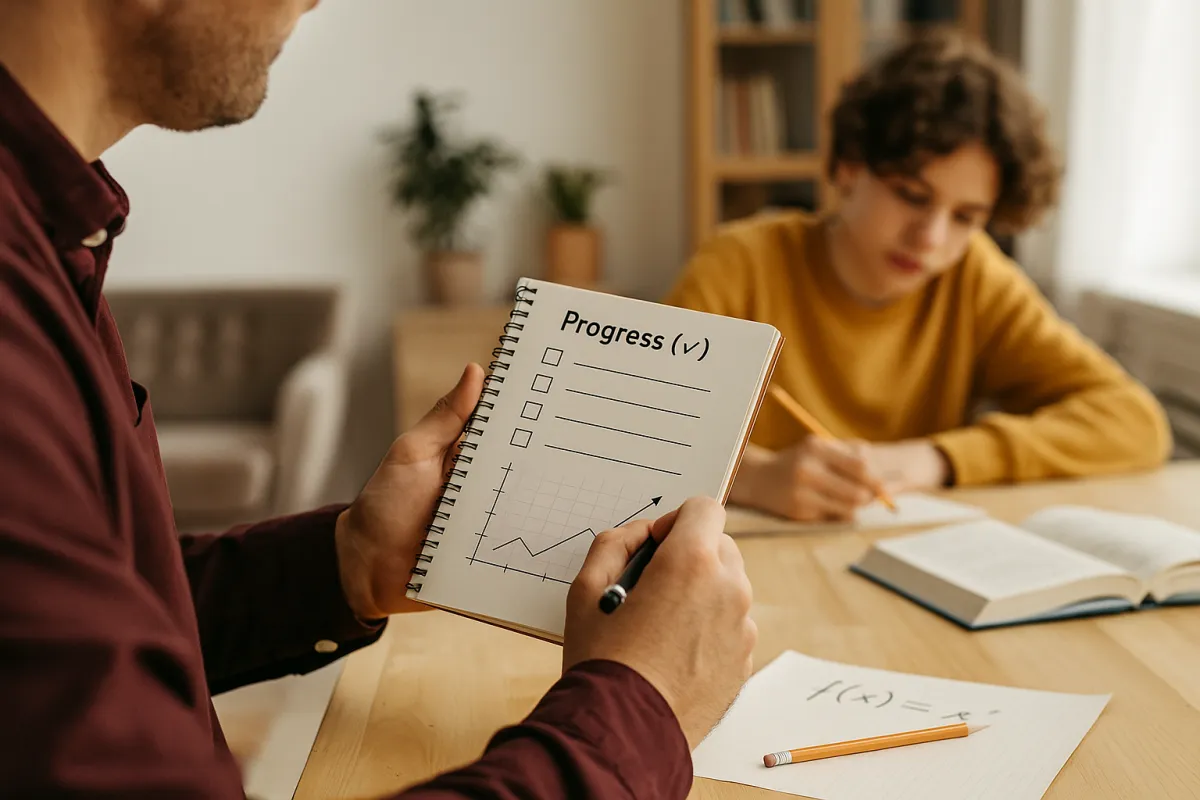
How to Assess Struggle and Track Learning Progress
One of the biggest fears parents have when hiring a tutor is this:
“How do I know it’s actually working?”
Grades might not shoot up overnight.
But that doesn’t mean your teen isn’t improving.
The real question is:
How do we track the learning that’s happening beneath the surface?
Let’s walk through how great tutors assess where students are struggling — and how they measure growth in a way that makes sense.
1. Look for the Why Behind the Struggle
Students don’t just “get stuck” for no reason.
A strong assessment isn’t just about what they got wrong — it’s about figuring out:
Where the misunderstanding starts
What concepts are missing from earlier years
And whether it’s a skill issue (like solving equations) or a thinking issue (like applying concepts)
The key is noticing patterns — not just pointing out mistakes.
2. Start Small and Check Often
The best tutors don’t wait until a test to assess learning.
They use:
Short, informal check-ins during each session
“Explain this back to me” prompts
Mini-practice problems that target specific weak spots
Open-ended questions like: “What’s the hardest part of this for you?”
Progress shows up when a student:
Hesitates less
Explains more
And gets stuck less often — or recovers faster when they do
3. Track Progress in Layers — Not Just Letters
Yes, grades matter. But progress is also about:
Clarity: “I finally understand this concept.”
Consistency: “I can solve similar problems on my own.”
Confidence: “I’m not afraid to try anymore.”
The best kind of progress is when your teen starts saying things like:
“Wait, I know how to do this now.”
That’s growth. Even if the test is still two weeks away.
4. Keep the Feedback Loop Open
Progress tracking works best when students and parents are looped in.
That means:
Setting small goals (per topic, per week)
Celebrating little wins out loud
Sharing updates on what’s improving — and what’s still in progress
Talking honestly about next steps
When students feel like they’re working toward something with support, they stay more engaged and motivated.
A Note on How I Work
When I work with students, I don’t just track whether they got something right.
I track how they got there — what they understood, what they guessed, and what we still need to work on.
Every session, I check for real understanding with quick verbal checks, mini problem sets, or concept reviews.
And I always let families know:
Where we started
What’s changed
And what we’re focusing on next
Because when we measure the right things, the results follow.
If you’re wondering whether your teen is actually improving — or just going through the motions — you’re not alone.
To talk about how we can assess learning clearly and track progress in a way that makes sense,
contact me and let’s talk through what your student needs.
